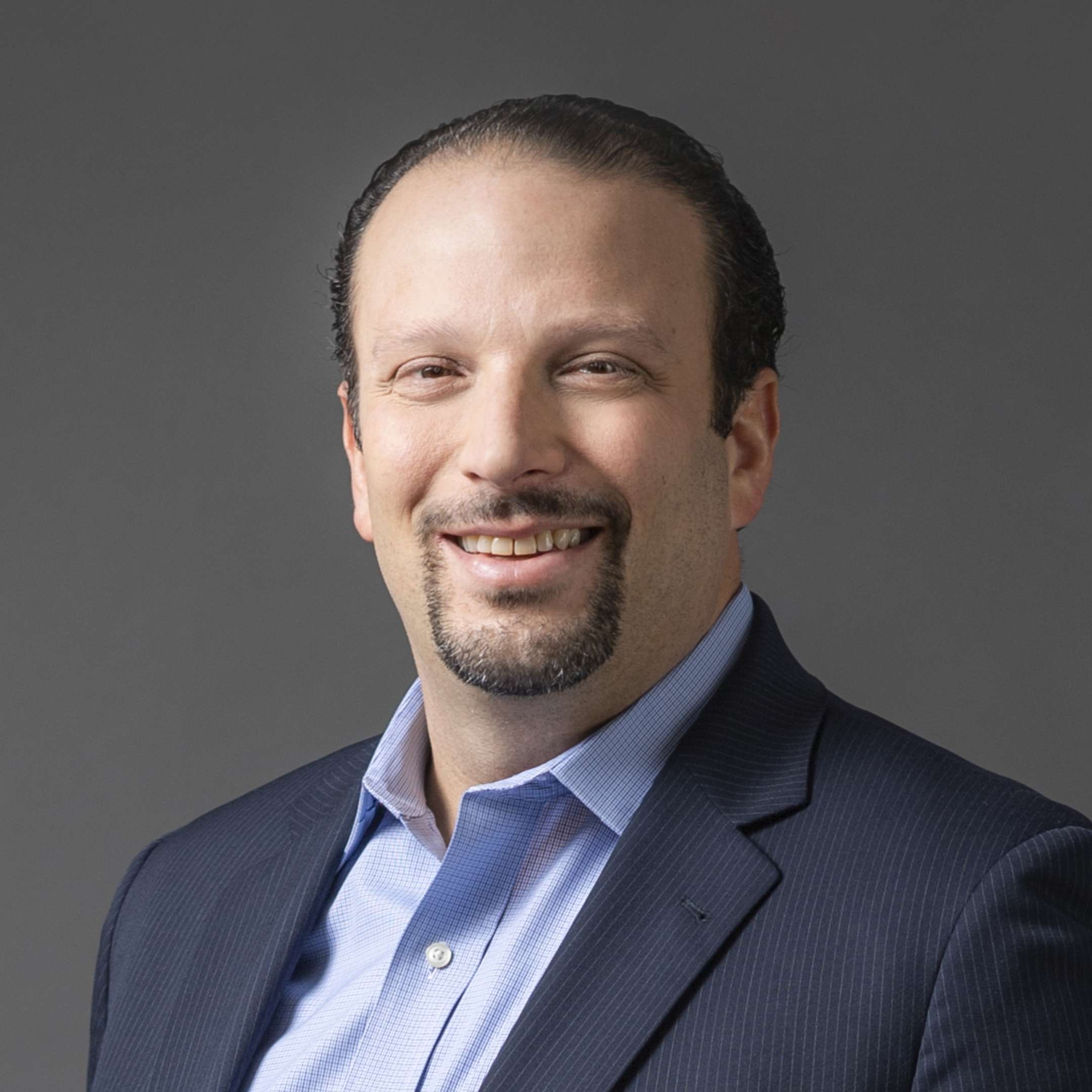-
The views expressed herein do not constitute research, investment advice or trade recommendations and do not necessarily represent the views of all AB portfolio-management teams. Views are subject to revision over time.
Stable Retirement Income Is a Process, Not One & Done
*Based on the average of multiple insurer-backed guaranteed lifetime income withdrawal rates, a portfolio of 50/50 stocks and bonds and the full account value is used to purchase a guaranteed benefit at retirement.
Source: MSCI and AllianceBernstein (AB)
As of October 31, 2020
Based on quarterly benefit rate quotes from plan insurers.
Source: AllianceBernstein (AB)
Jennifer DeLong is a Senior Vice President, Managing Director and Head of Defined Contribution, responsible for leading AB’s defined contribution business in North America. She oversees product management and development, marketing, participant communications, and client services for the firm’s institutional custom target-date and lifetime income solution clients. Additionally, DeLong is responsible for firm’s Collective Investment Trust business and is President of the AllianceBernstein Trust Company. Since joining AB in 1999, she has held various senior client relationship management, product management and marketing roles, all primarily focused on defined contribution, 529 college savings plans and sub-advisory insurance services for both institutional and retail clients. Before joining the firm, DeLong worked in various sales, marketing and client relationship management roles for both small and mega-sized defined contribution plans. She holds a BS in business management with a minor in international business from The College of New Jersey, as well as FINRA Series 6 and 63 licenses. Location: New York
Andrew Stumacher is a Senior Vice President and Managing Director for AB’s Customized Defined Contribution Solutions. He is responsible for developing, implementing and driving the growth of custom target-date, model portfolio and retirement income strategies for the large and mega-size institutional plan market, in which AB serves as one of the largest managers in the US. Stumacher works in close collaboration with plan sponsors, consultants and external business partners to develop innovative and flexible products to improve outcomes for DC plans and participants. He joined the firm in 2004 as a marketing analyst, focusing on strategy and development for new institutional products. From 2011 to 2017, Stumacher managed the integration of AB’s DC products with recordkeepers, trustees, custodians, insurers and investment managers as the DC partner relationship officer. He holds a BS in applied economics and management from Cornell University and an MBA from Wagner College as well as the Certified Annuity Specialist™ designation from the Institute of Business & Finance. Location: New York
Howard Li is a Vice President and Senior Research Analyst for AB’s Multi-Asset Solutions division. He works in the US Defined Contribution Research and Investment Management team, where he is responsible for custom glide path construction, asset allocation and portfolio management of target-date solutions for US defined contribution (DC) plans. Li works with plan sponsors to develop custom glide path strategies that are tailored to DC plan sponsors’ objectives and participants’ demographics. He joined the firm in 2006 as a quantitative research analyst. Since 2008, Li has focused his research on asset allocation and investment management of custom target-date and lifetime income strategies. He holds an MSc in computer science from Boston University and an MBA in finance and economics from Columbia Business School. Li is a CFA charterholder. Location: New York






